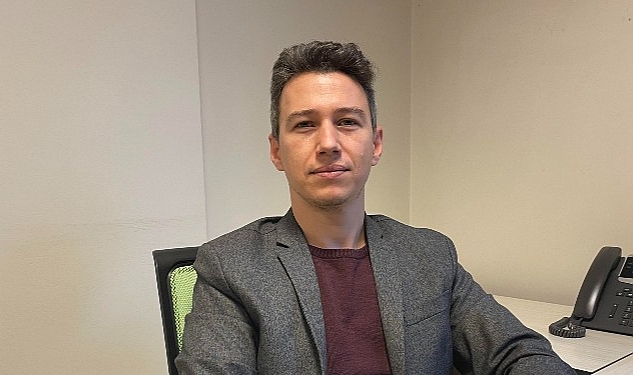
After the 6 February Kahramanmaraş earthquakes that stunned our country, the removal of the debris in 11 provinces began. Emphasizing that the debris, which poses significant risks to human and environmental health, should be properly removed, experts said that the debris should first be taken to temporary storage areas and then separated and transformed in accordance with their characteristics and risk levels.
Expressing that the dust generated during the removal of the debris can also pose many health hazards, the experts recommended spraying and using a mask during the excavation phase, as most of the carcinogenic and dangerous substances will be transported by breathing during the removal of the debris.
Üsküdar University Vocational School of Health Services Environmental Health Program Instructor Member Ahmet Adiller made an assessment that the debris in the earthquake area should be disposed of in accordance with human and environmental health.
The amount of debris is too much
Noting that the earthquakes in Kahramanmaraş, which shook our country deeply, directly affected many of our provinces and more than 13 million people living in these provinces, Dr. Ahmet Adiller said, “Restoring life in provinces that were highly affected by the earthquake is one of the ultimate goals. In order to achieve this goal, the first step is to remove the wastes of the demolished buildings in the settlement areas. Considering the severity of the earthquake, the area it spread and the number of collapsed buildings, it is anticipated that the amount of debris that needs to be processed is high. said.
Temporary storage must be created
Stating that these wastes should be taken to temporary storage areas, Dr. Ahmet Adiller said, “These wastes can also be processed in the existing recycling and disposal facilities. However, the processing of such a large amount of waste for recycling and the disposal of the non-recyclable portion may impose a higher burden than the capacity of the existing facilities. Therefore, debris waste should be taken to a temporary storage area to be created as an alternative to these facilities.” said.
Temporary storage areas should be far from water sources.
Drawing attention to the features that should be in temporary storage areas, Dr. Ahmet Adiller said, “This area should have a solid ground where there are no regional water resources, easily accessible by road, not on the fault line. After the determination of this area and especially the necessary preparations for the ground, the debris must be transported to this area quickly. Because every day that the debris is not removed, an environmental health risk arises with the degradation of the organic matter remaining in the debris, and this health risk threatens our citizens and living things in the region. warned.
Old buildings are at risk of asbestos
Noting that construction debris or excavation waste is one of the wastes with low environmental risk factors and called inert, Dr. Ahmet Adiller said, “However, many building materials produced in the past have contents such as asbestos that are harmful to the environment and human health. In addition, in buildings destroyed as a result of disasters such as earthquakes, there may be many dangerous substances that are not used as raw material for the building but stored in it. said.
The purpose of use of the building should also be known.
For this reason, the purpose of use of the building whose debris has been removed should be known and the debris removal works should be removed in accordance with it, Dr. Ahmet Adiller, “Besides, even the dust that will spread around during the removal of the debris is quite harmful to human health, even though it does not contain any carcinogenic or dangerous substance.” said.
Spraying should be done, mask should be used
Stating that the dust that comes out during the removal of debris can also create many health hazards, Dr. Ahmet Adiller said, “Also, since most of the carcinogenic and dangerous substances will be transported by respiration during the removal of the debris, the dust that is lifted into the air will also cause the transport of these substances. Therefore, spraying and the use of masks, which are also made during the excavation phase of the constructions, during the debris removal will minimize the dust spread and protect human and living health.” gave advice.
Wastes should be separated according to their characteristics and risk levels.
Stating that after the debris is removed and transported to the temporary storage facility, these wastes should be separated according to their characteristics and risk levels. Ahmet Adiller said, “A large part of the construction demolition wastes can be recycled and reused. However, there may be many hazardous materials or wastes mixed with or contaminated with these wastes. Therefore, it is very important to make a detailed examination and good planning about the collection and processing of wastes in the earthquake zone. he said.
Source: (BYZHA) – Beyaz News Agency

